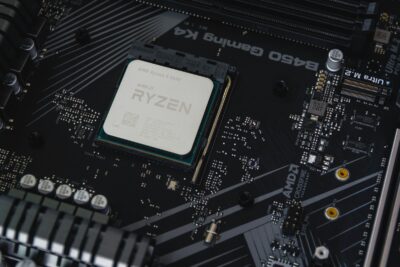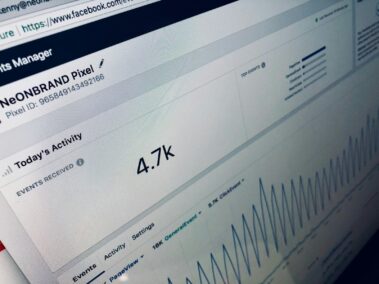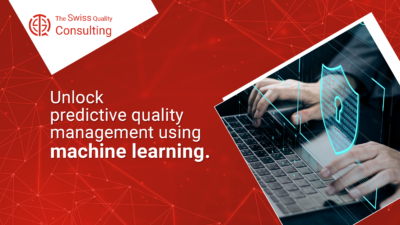The Need for Speed: Reducing Latency
Real-time monitoring has become a critical component for businesses across various sectors, from manufacturing and logistics to healthcare and retail. Edge computing, a distributed computing paradigm that processes data closer to its source, is emerging as a game-changer in this domain, significantly enhancing the performance and efficiency of real-time monitoring applications.
In real-time monitoring, every second counts. Traditional cloud-based models, where data is sent to distant servers for processing, often introduce latency – the delay between data generation and action. This can be detrimental for time-sensitive applications like anomaly detection, predictive maintenance, and emergency response. Edge computing addresses this challenge by processing data locally, on or near the devices generating it. This reduces the distance data needs to travel, resulting in significantly lower latency and faster response times.
Unlocking the Power of Data: Real-Time Analytics
Real-time monitoring generates vast amounts of data. Edge computing enables real-time analytics by processing this data at the edge, where it is most relevant. This allows businesses to gain immediate insights, detect patterns, and make data-driven decisions in real-time. For example, in a manufacturing plant, edge computing can analyze sensor data to predict equipment failures before they occur, enabling proactive maintenance and minimizing downtime.
Empowering Autonomy: Decentralized Decision Making
Edge computing empowers real-time monitoring applications with a degree of autonomy. By processing data locally, edge devices can make decisions and initiate actions without relying on constant communication with the cloud. This is crucial in scenarios where network connectivity may be unreliable or unavailable. For instance, in a smart city, edge devices can analyze traffic data and adjust traffic signals in real-time to optimize traffic flow, even if the central control system is temporarily offline.
Real-Time Monitoring in Action: Use Cases Across Industries
Industry 4.0: Revolutionizing Manufacturing
Predictive Maintenance:
Edge computing enables predictive maintenance in factories by analyzing data from sensors on machines in real time. This allows for early detection of anomalies, enabling maintenance before a breakdown occurs, reducing costly downtime and improving overall equipment effectiveness.
Quality Control:
By analyzing data from cameras and sensors on production lines, edge computing can identify defects in products in real time, allowing for immediate corrective action and ensuring product quality.
Smart Cities: Building a Sustainable Future
In smart cities, edge computing plays a crucial role in real-time monitoring of various aspects of urban life, such as traffic, air quality, and public safety. This data is analyzed to optimize resource utilization, improve public services, and enhance the overall quality of life for residents.
Healthcare: Improving Patient Outcomes
Remote Patient Monitoring:
Edge computing enables real-time monitoring of patient vitals and other health data through wearable devices and sensors. This data can be analyzed at the edge to detect anomalies and alert healthcare providers, facilitating timely interventions and improving patient outcomes.
Embracing Real-Time Monitoring with Edge Computing
As businesses increasingly rely on real-time data to make informed decisions and drive operational efficiency, edge computing is emerging as a powerful tool to enhance real-time monitoring applications. By reducing latency, enabling real-time analytics, and empowering decentralized decision-making, edge computing is transforming the way businesses monitor and manage their operations.
The Future of Real-Time Monitoring: Edge AI
The integration of artificial intelligence (AI) with edge computing is further revolutionizing real-time monitoring. Edge AI enables complex data analysis and decision-making at the edge, without the need to send data to the cloud. This opens up new possibilities for real-time monitoring in areas like autonomous vehicles, robotics, and healthcare.
Choosing the Right Edge Computing Solution
When implementing edge computing for real-time monitoring, it’s important to choose the right solution that aligns with your specific needs and requirements. Factors to consider include the type and volume of data to be processed, the desired latency, the level of autonomy required, and the scalability of the solution.
#RealTimeMonitoring #EdgeComputing #IoT #Industry40 #PredictiveMaintenance #SmartCities #DataAnalytics























